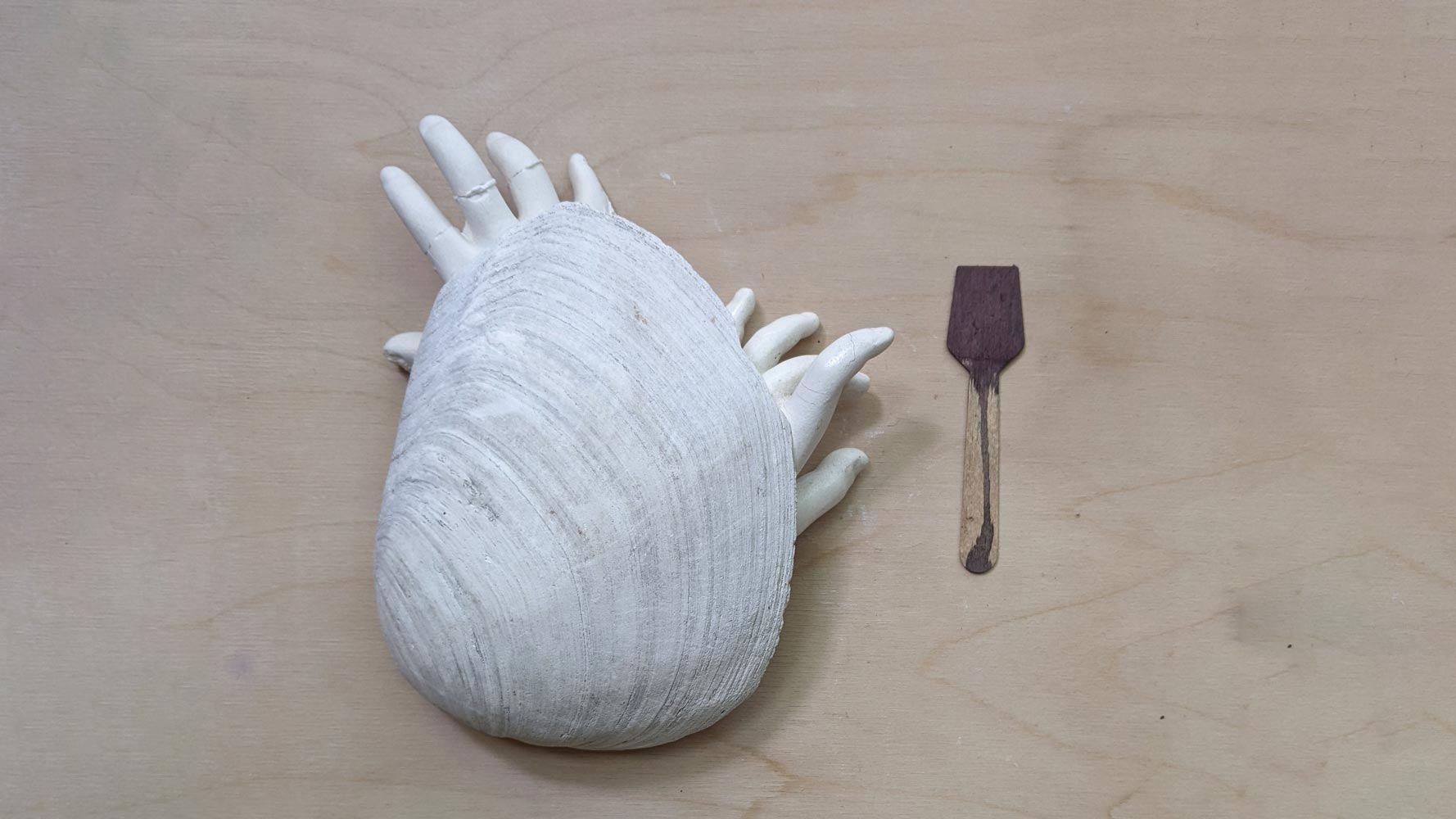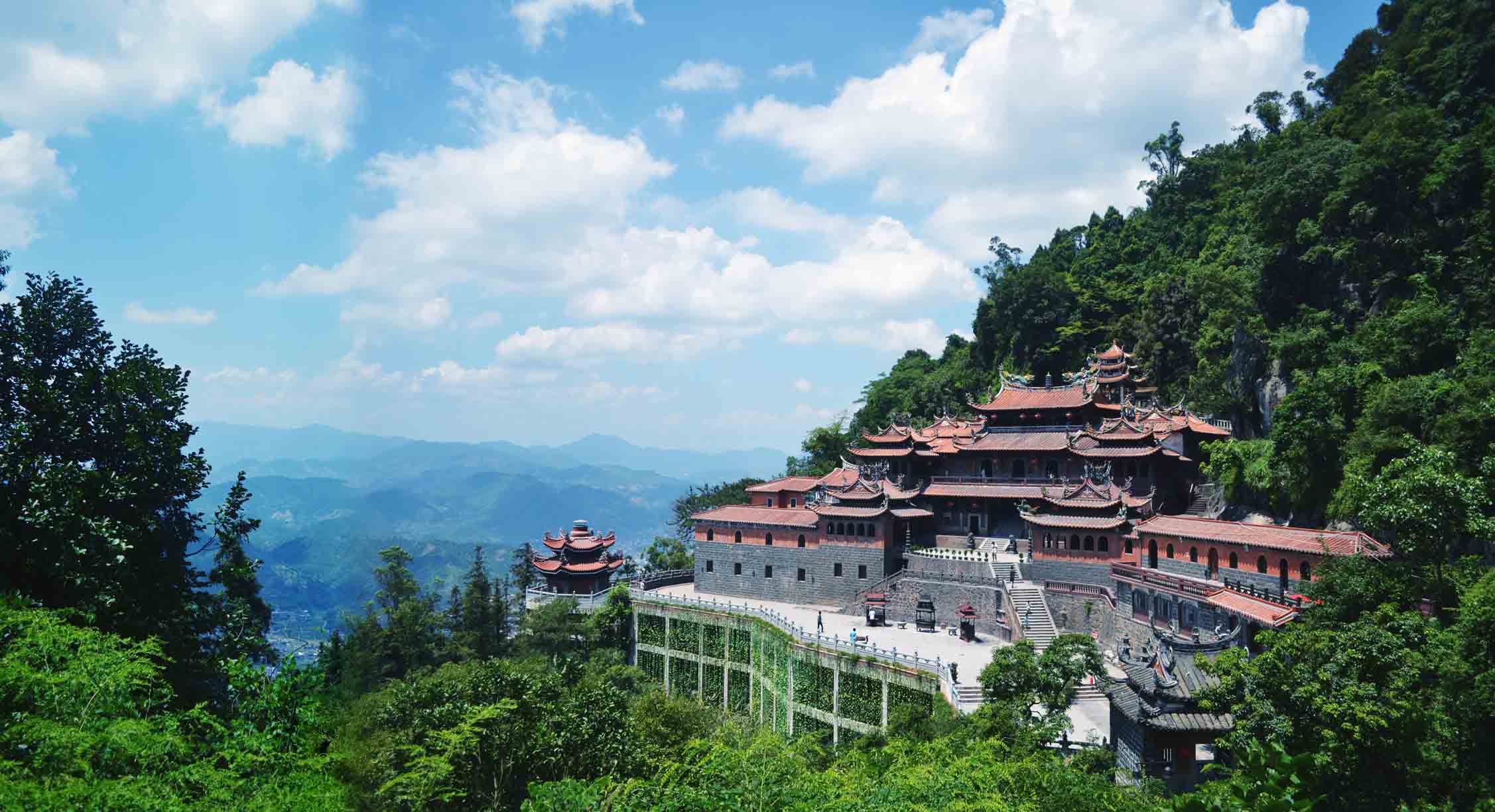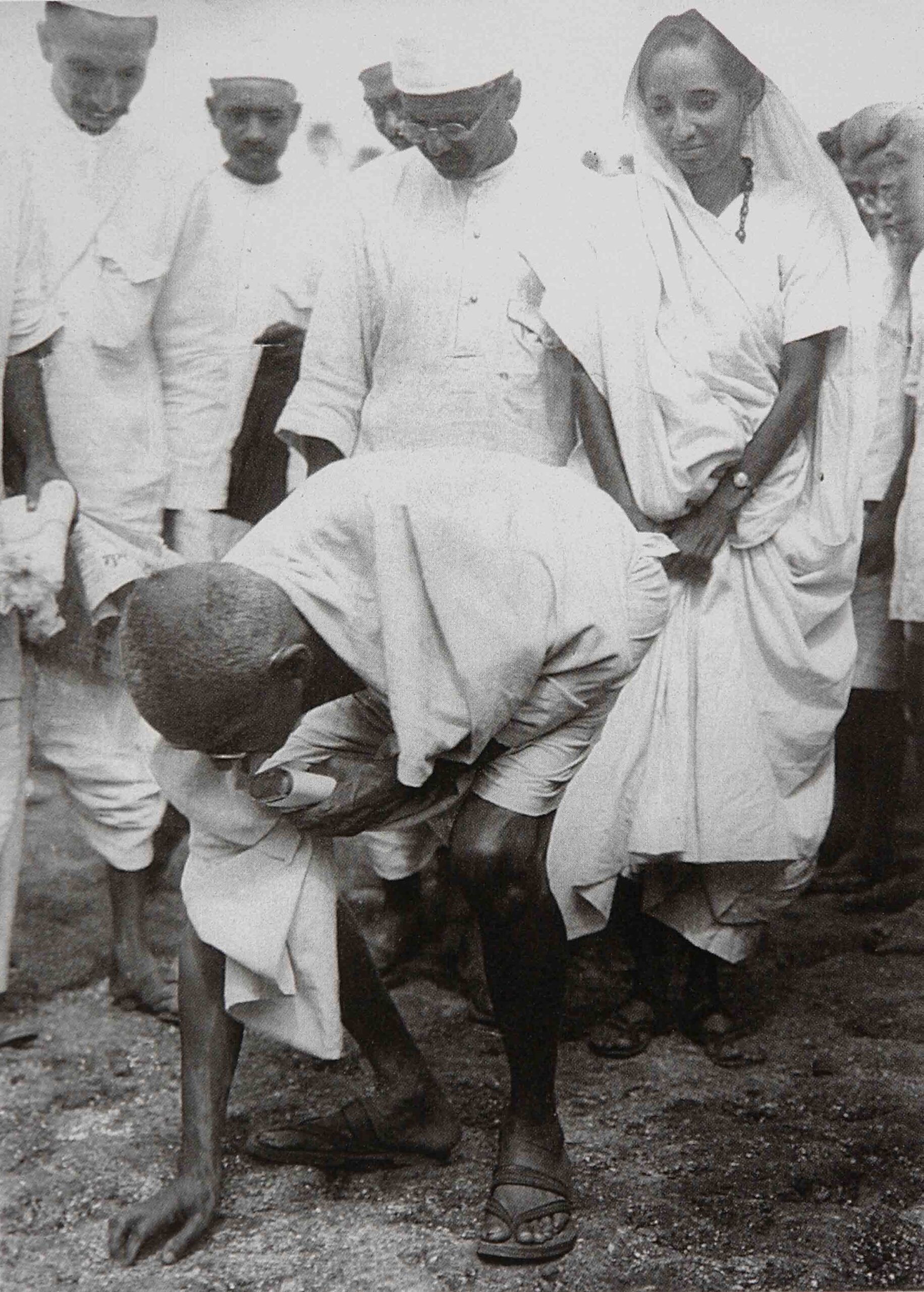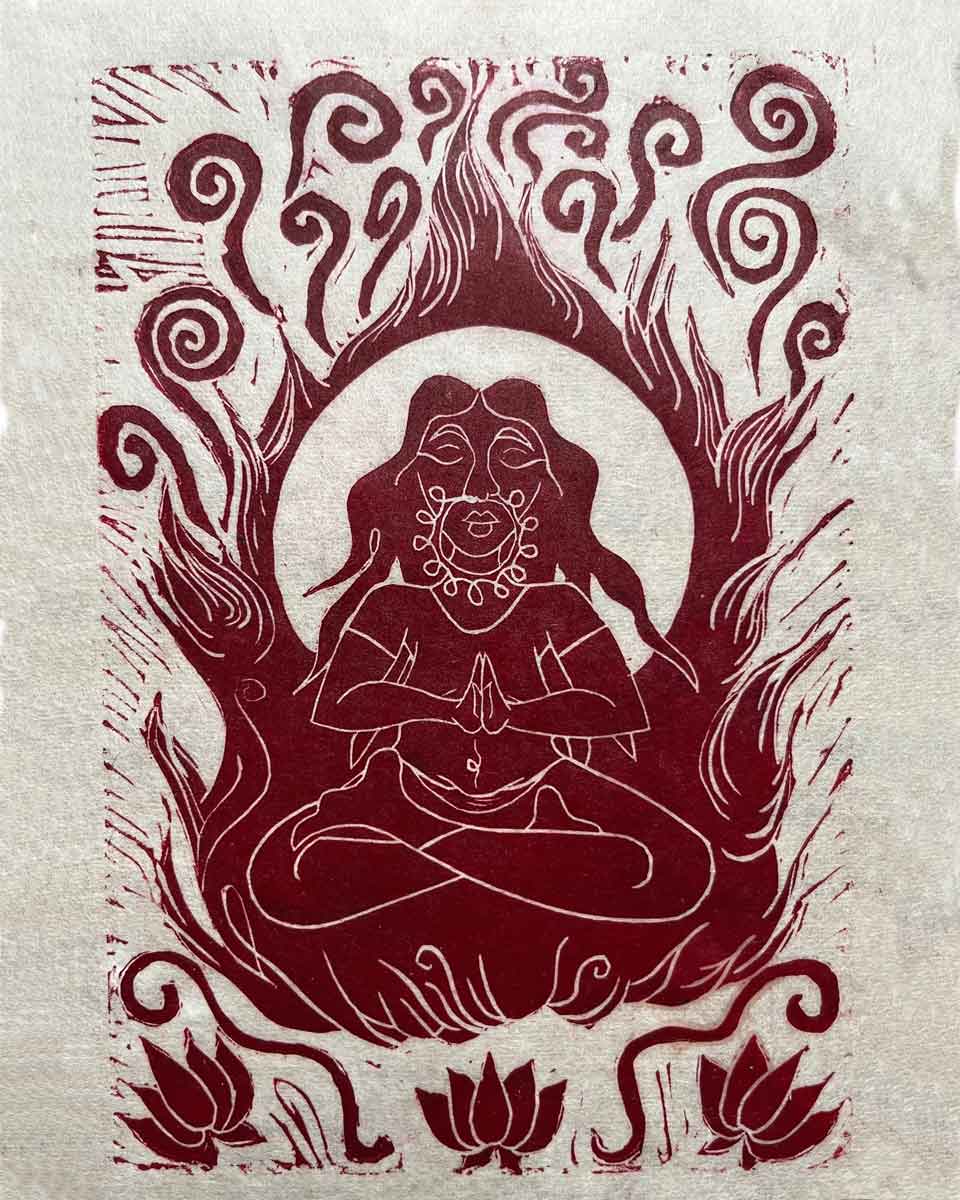This document, Kastevæsenet, was written in Danish by Johanne Nielsen, who was born in November 1873, in Fiolstraede, a district located in the inner part of old Copenhagen. She was one of the few women to have completed the Upper Secondary School exit examination known as the studentereksamen. In recognition of this achievement, she was provided with funds to attend a conference in Stockholm where she met Shastri Bulaki Rama Chopra, a barrister from India. They fell immediately in love, and married in February 1895, much against the wishes of the Nielsen family.
Johanne arrived in India as a strange, new bride into a family that traced its origin from the great Kshatriya King, Lord Rama. She did not know that Bulaki Rama was already married, and a father of two children. She quickly learned the hierarchical discrimination faced by those who did not belong to an illustrious caste, and who had eaten meat, including that of the sacred cow. As a “white” (gori) woman from a different religion, Johanne’s identity was at once associated with the much-hated governing power of the British.
After her arrival in India, Johanne converted to Hinduism, and changed her name from Johanne to Janaki Bai. It is not known whether this was her own decision, or one forced upon her by her in-laws – a common enough custom that survives to this day, according to which a married woman is required to undergo a complete change of identity through new names given to her either by her husband or by senior members of his family. The document is a description of the main castes and sub-castes of India. Johanne narrates an incident that exemplifies the kind of discrimination faced by the lowest, or the caste-less:
“…the lowest castes, such as street sweepers, were pariahs, and belonged to no caste. Originally they were descendants of the defeated inhabitants of India, the so called ‘Rakschasa’, who were despised and shunned by Hindus. If a Hindu were unlucky enough to touch one of these wretches, he would have to undergo a thorough washing before he could be considered clean again. Here is a small example: one day there was a dead cat in one of our rooms. To remove it, we had to call such a street sweeper or pariah because no Hindu would touch the dead animal. Before he was allowed in, the furniture and carpets where he would walk were all removed, so that they would not be defiled by his touch. These poor souls were condemned to remain in a despicable position for their entire lives.” (Translated by Tina Tolgyesy)
Johanne wrote this document in Dera Ismail Khan, an administrative district during British India, located on the banks of the Indus River, south of Rawalpindi, and not far from bordering Afghanistan.
The caste system II
It is generally assumed that the caste system is derived from the people’s division into classes according to their different occupations, which over time were inherited and the caste system in this way established. The word “caste” is called Varna in Sanskrit, which means color, hence it however is often concluded that people’s subdivision into casts was from the difference in the higher and lower classes skin color. Probably a mixture of several different communities formed the classic Arian people, where the more advanced societies formed the higher, the less advanced the lower castes. Hindus are divided generally it 2 groups. 1) the twice-born and 2) the Sudras
The 2 times born are divided into three castes
1) priests and scholars
2) warriors and rulers
3) merchants and arable growers
In the Sudras belonged
1) artisans and the serving class. For the second born meant inauguration to Hindu religious teaching, this ceremony taking place at 4 years of age. The boy was in old times dressed in a wild animal skin, tiger or antelope, and sent out to some learned Brahman, who then taught him religion and other required sciences, and with this teacher he lived this way until at 20 years of age he had completed his education, and only then went back to the ancestral home. Now it is not customary to send the children out to teachers for several years, and ceremonies of the second birth take place when the boy is ready to go to school. This event usually takes place now without any festivities. It is more in the old orthodox families that this event is celebrated as in older times with great festivities, the boy clothed in the tradition leather suit and sent a couple of hours out of the house. Women do not receive the second birth.
Fathers’ occupations were gradually inherited by the children as by experience it was learned that a particular proficiency was achieved in occupations by practicing the same occupation through several generations. It is clear that a warrior son is better suited for the work of a warrior than a merchant’s son, even if they live in the same conditions. This is not seen much in Europe, as life’s occupations are of course not inherited, but in India there is conclusive evidence that men of the first caste generally excel in abstract sciences, mathematics, metaphysics, while they are [however] not permitted to join the army. I must note here that this classification of people according to their occupations also prevailed among the Egyptians and Persians in ancient times. The caste division among the latter group is so completely equal to the Hindu [system] that you may be tempted to believe that caste division dates from the times when Hindu and Persian ancestors lived together.
Brahmans, who constitute the priest and scholar caste, represent the purest descent from the ancient Arians. In the oldest times they could enter into marriage with the daughters of lower castes, but later they carefully avoided marrying someone outside their own caste. It must be noted here that it is the Brahmans job to administer religious worshipping and ceremonies, but not to serve as priests in the temples. A Brahman, who in earlier times undertook a temple priest’s task/ministry lost his cast value/dignity. It was incumbent upon them to be teachers in religion, to conduct religious celebrations, perform ceremonies such as marriages, which by the way it must be noted, always take place in the home and not in the temples [marriages only?], according to the written law. However, in later times it became more and more the custom that Brahmans were temple priests and that employment is now considered their legitimate work, but usually it is people of the 3rd caste who administer such deeds/work. In ancient times Hindus built no temples, nor? [this could also be “and”] worshiped deities through idols. There is reason to believe that idolatry and the creation of temples was introduced here from Greece, by Buddhists, who in the first centuries of the Christian era ruled the regions lying between the Indian and Greek kingdoms. I will here in passing note that no non-Hindu, either Christian or Muslim is ever admitted to a Hindu temple and Hindus themselves may only walk barefoot in these holy places.
Kshatriya or the warrior caste is again divided into two classes, the sun born and the moon born. The former assumes to be related to the old Parser and Egyptian rulers, which also made claim to be descended from the sun. The latter mentioned is probably of sajtisk? origin and is similar to Northern Europe Geter and Juter (Jutland). Kshatriya in the province of Panjab have from ancient times avoided marriage outside their own caste. Rajputerne, which constitute the majority of Kshatriya in the provinces of Rajputana and Central India have much foreign blood mixed in their caste, this is why a Kshatriya of pure blood will not give his daughter in marriage to a Rajput, and vice versa, although they both belong to the warrior castes.
In the times when it was customary for the victorious party to marry the vanquished daughters, the warrior classes had a great deal of foreign blood admitted to their caste. I will note here that in older times it was the custom, when a city was conquered, that before they surrendered it, the Hindus killed all the women, who themselves voluntary preferred choosing this heroic death than be marred by victorious lords; yes, not a half century ago this still took place, namely when the British who had vainly fought an Indian governor who ruled over the western Panjab, finally after 2 years got power over him, not by their own prowess but by treachery and bribery – but, before the governor, who incidentally even took poison to avoid being taken alive in British hands, surrendered the capital Multan and killed all the Hindu women in this city, who thus preferred an honorable death rather than the disgrace that would be added to them by the English.
The third cast includes several different categories such as Jats, who constitute most of the arable growing population in northern India, Baniaenu who are scattered all over India as merchants and money lenders, Kayastnerne, who for several generations now have served as clerks and a lot of other categories who are classified as Vaishyærne.
The fourth caste is like the third by also being divided into several hereditary occupations, such as the bricklayer, plumber, water carrier, barber and tailor caste etc.
All of these professions have now for several generations been inherited
The very lowest classes of people such as street sweepers, and pariahs belong to no caste. Originally they were descendants of Arian defeated ur inhabitants of India, the so called Rakschaer, who are despised and shunned by all other Hindus, who avoid any contact with them. If a Hindu is unlucky enough to touch one of these wretches, he must undergo a thorough washing and henselse? before he can be considered clean again. Only here is a small example: one day there was a dead cat in one of our rooms. To remove it, we had to call such a street sweeper or pariah because no Hindu will touch a dead animal, but before he was allowed in, the furniture and carpets where he would walk were removed, so they would not be defiled by his touch. These poor souls are condemned to such a despicable position for their entire lives










